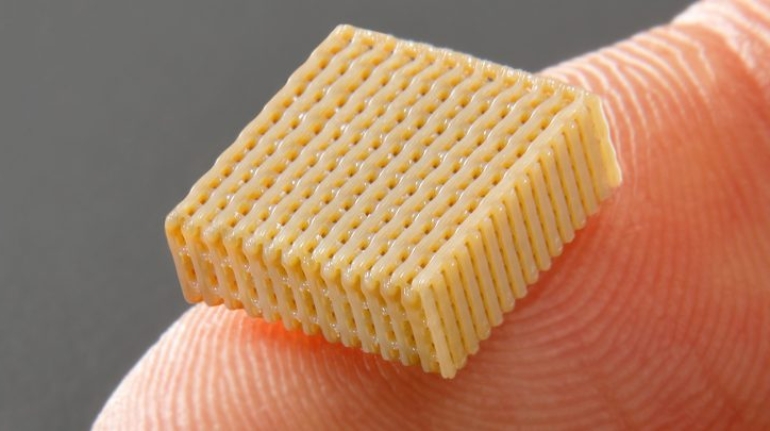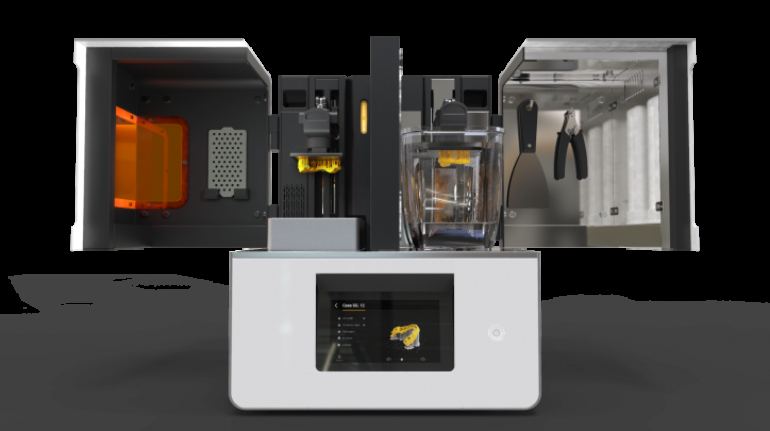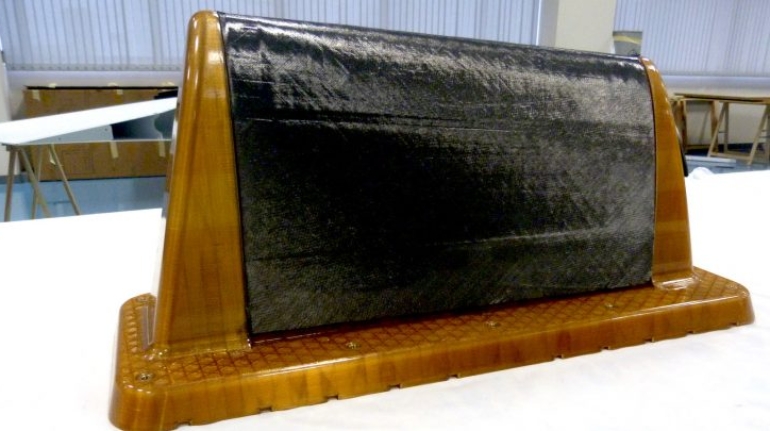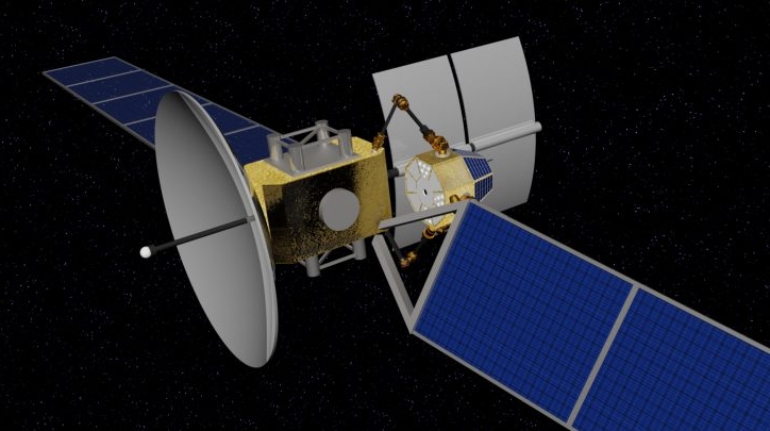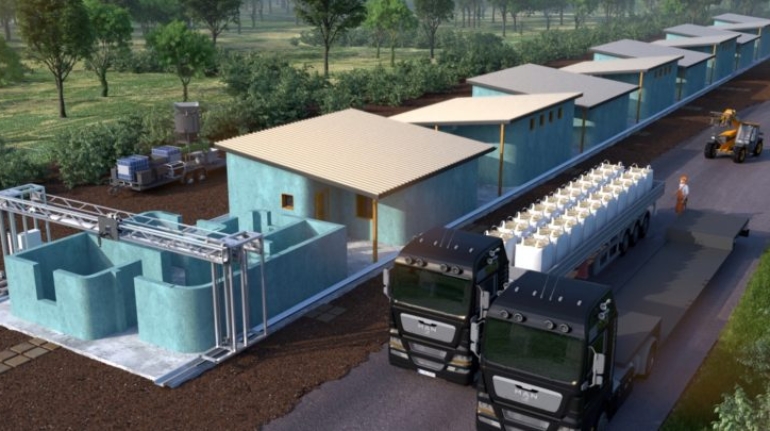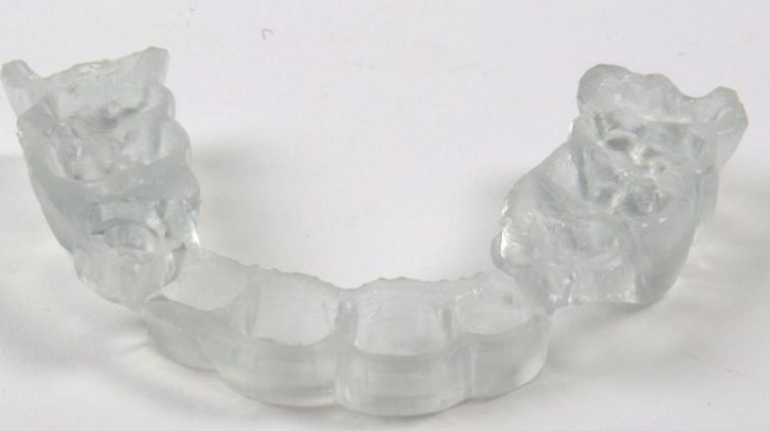Bond receives multi-million euro investment from Victrex for PAEK 3D printing Materials
Victrex, a UK-based specialist in high-performance polymers, has announced a multi-million euro investment in Dutch 3D printing company Bond High Performance 3D Technology. The companies seek to accelerate the development of 3D printing technologies for high-performance PAEK materials.

